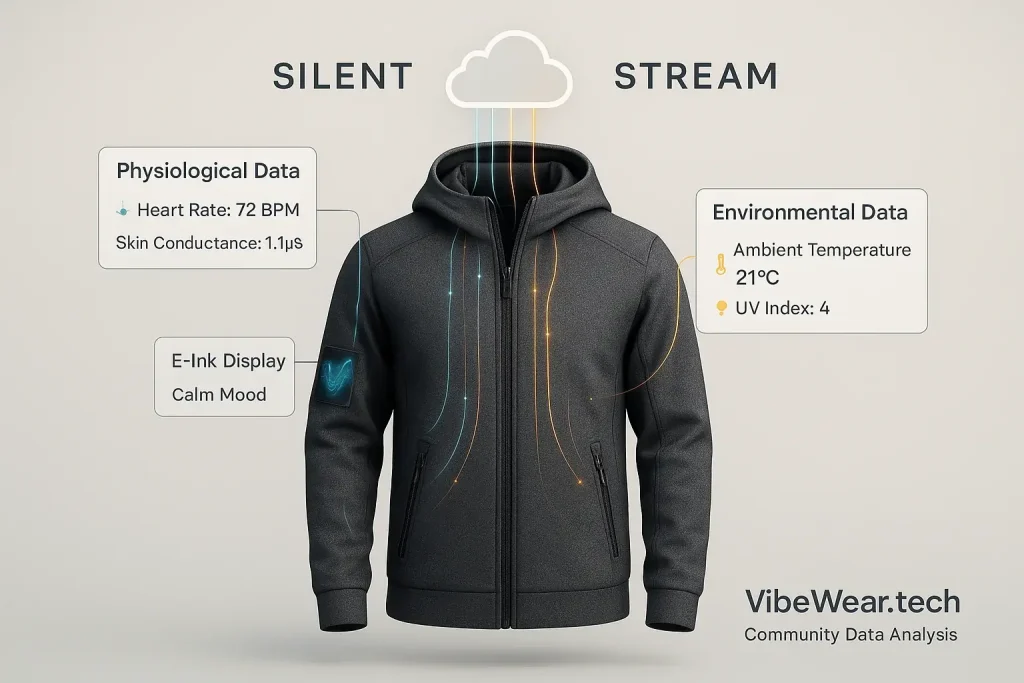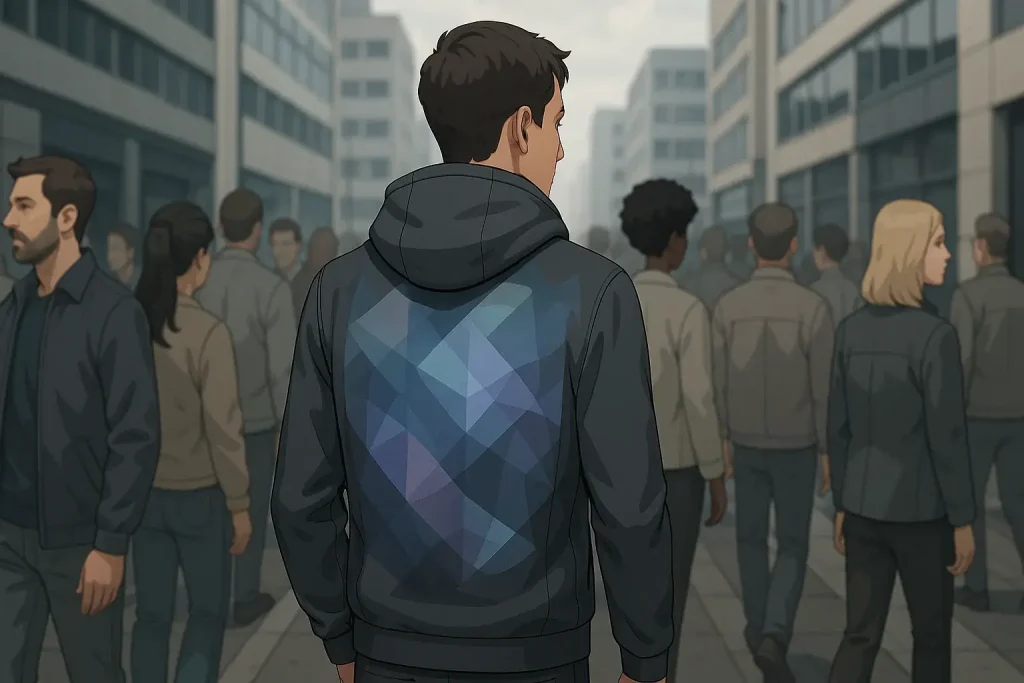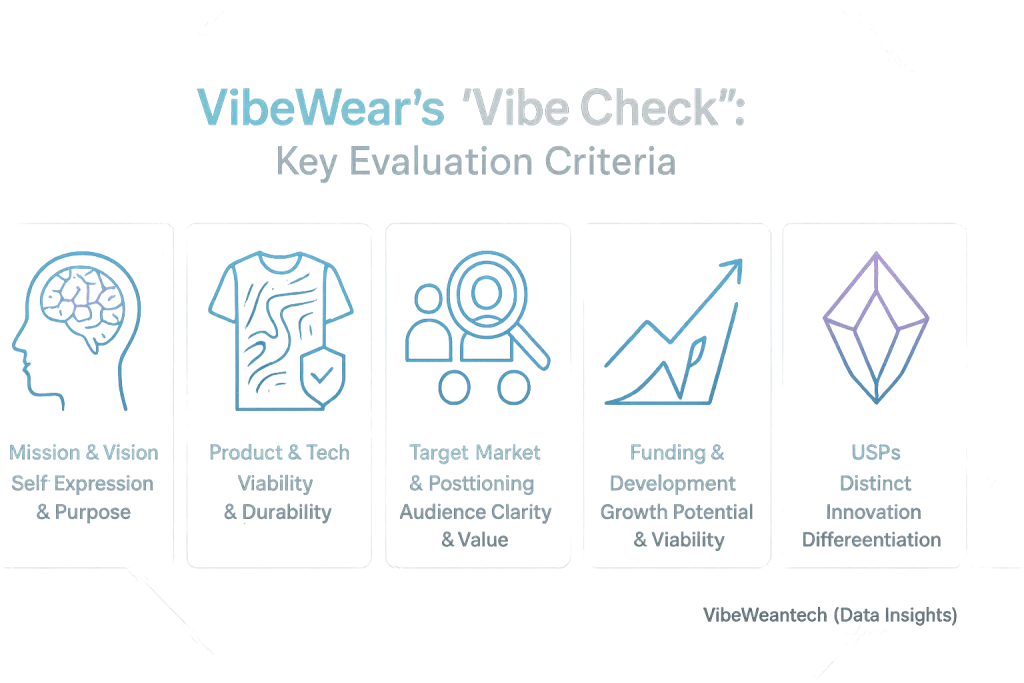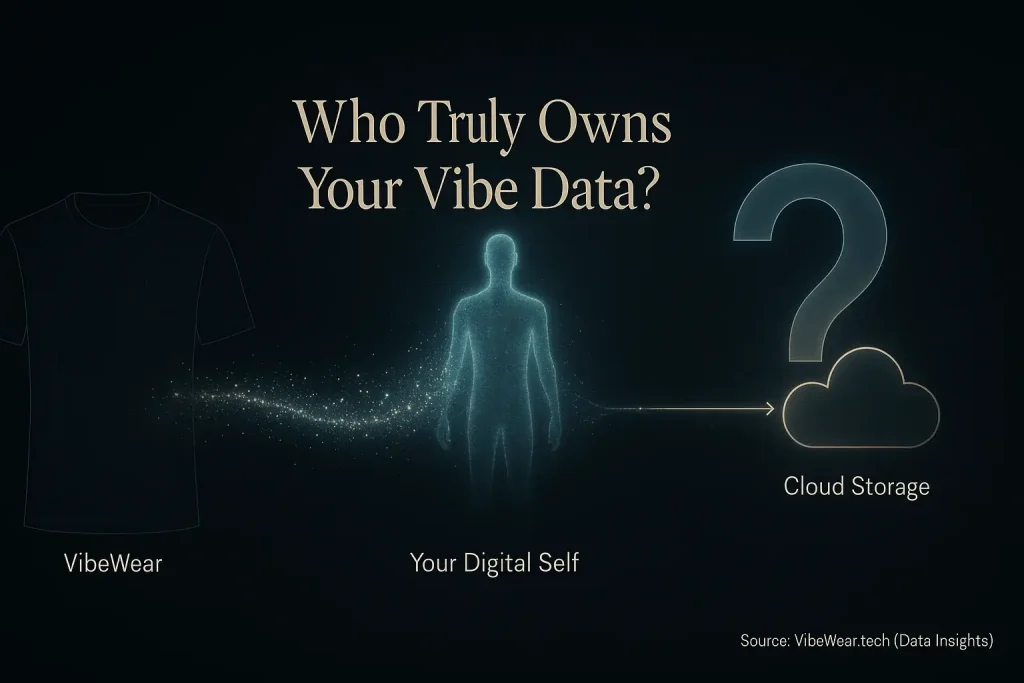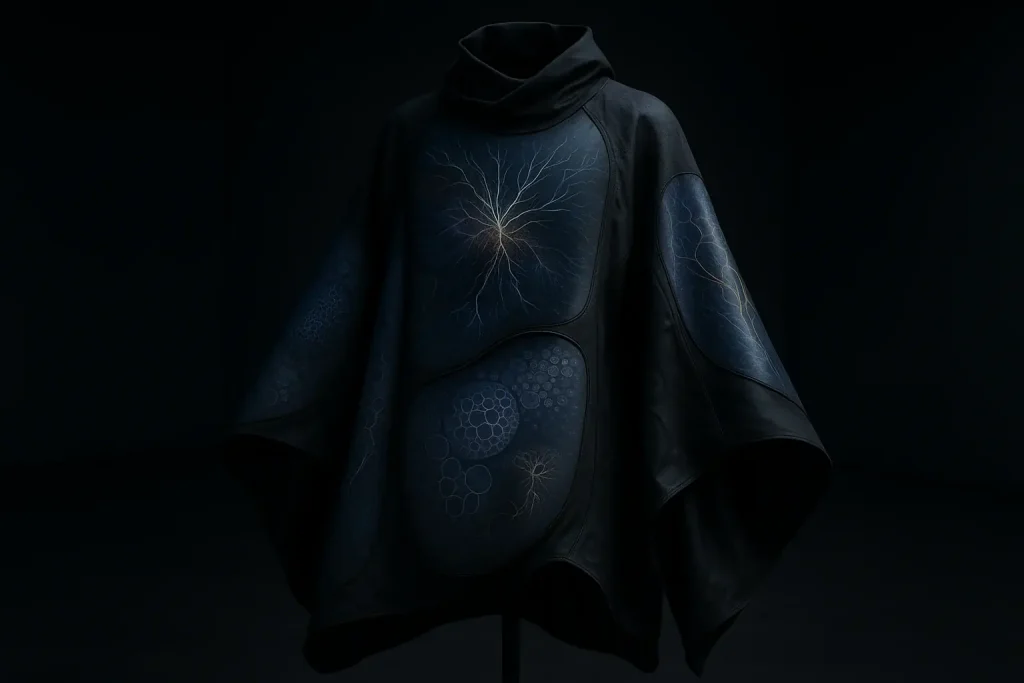E-Ink Fashion: A Green Revolution or a Hidden E-Waste Trap?
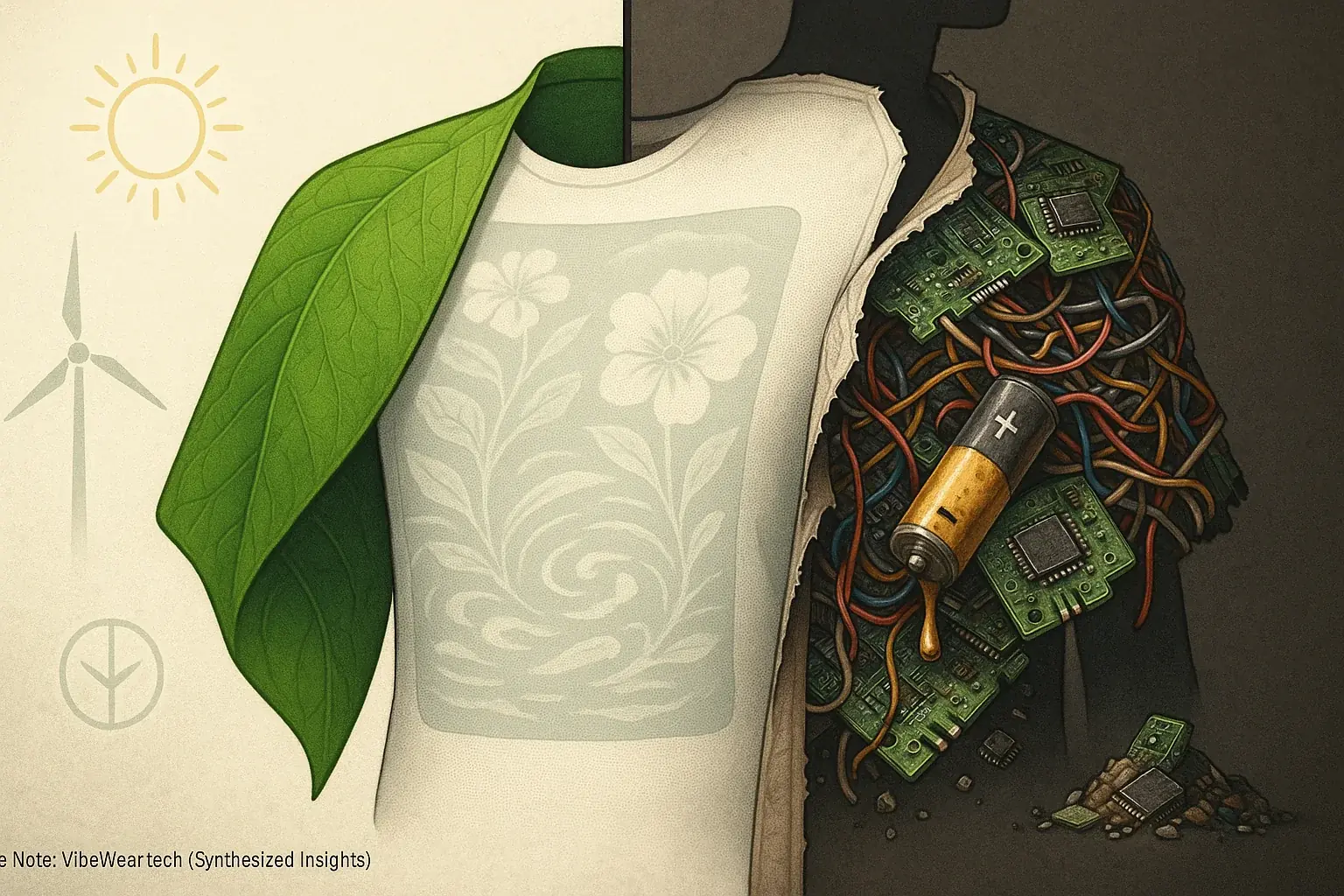
E-Ink adaptive streetwear presents an exciting vision. Eco-fashion merges with technology. Garments could reduce clothing consumption. They adapt. They express. But is this innovation genuinely sustainable? Or does a hidden environmental cost lurk beneath the surface of these smart fabrics? The question demands honest answers.
This E-Ink fashion sustainability debate grows complex. E-Ink displays themselves consume very little power. That part sounds green. A clear advantage. Yet, wearable technology involves more. Embedded electronics, batteries, and intricate components all contribute to an electronic footprint. The paradox is clear: eco-potential versus e-waste. Consumers increasingly seek transparency about this technological impact.
VibeWear commits to exploring this nuanced topic. We aim to cut through marketing claims. The full lifecycle of mood-adaptive apparel needs scrutiny. This includes material sourcing and manufacturing impacts. It also covers eventual disposal. The unspoken truth often reveals that even "green" technologies possess environmental complexities. VibeWear helps you understand these realities.
The Bright Side: E-Ink's Low Power Footprint & Reduced Consumption Potential
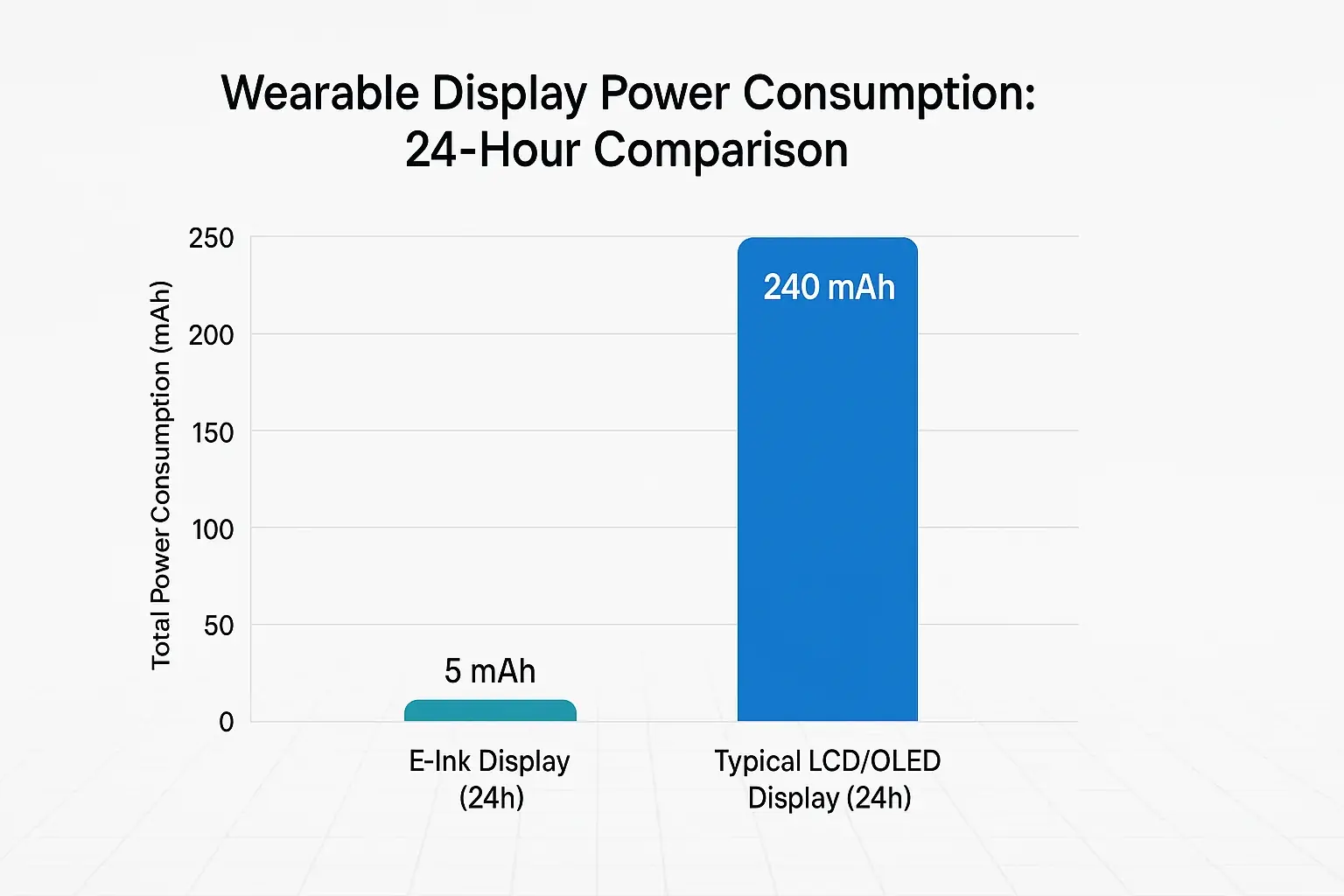
E-Ink displays offer amazing energy savings. This technology consumes power primarily during image changes. Imagine a display. It sips power only when changing. Not when showing your pattern. That is E-Ink's core magic. Its bistable nature means static images require almost zero energy.
Adaptive fashion presents a bold vision. One garment could shift its look. Designers hope this reduces wardrobe churn. Less waste? A compelling thought. This vision challenges fast fashion's constant replacement model. A single piece offers many styles.
These power benefits are substantial. Thoughtful design could make tech apparel surprisingly eco-friendlier. More tech, less impact. A counter-intuitive idea. Reduced production cycles potentially conserve considerable resources. This path needs careful, creative steps forward.
The Elephant in the Closet: E-Waste from Tech-Infused Apparel
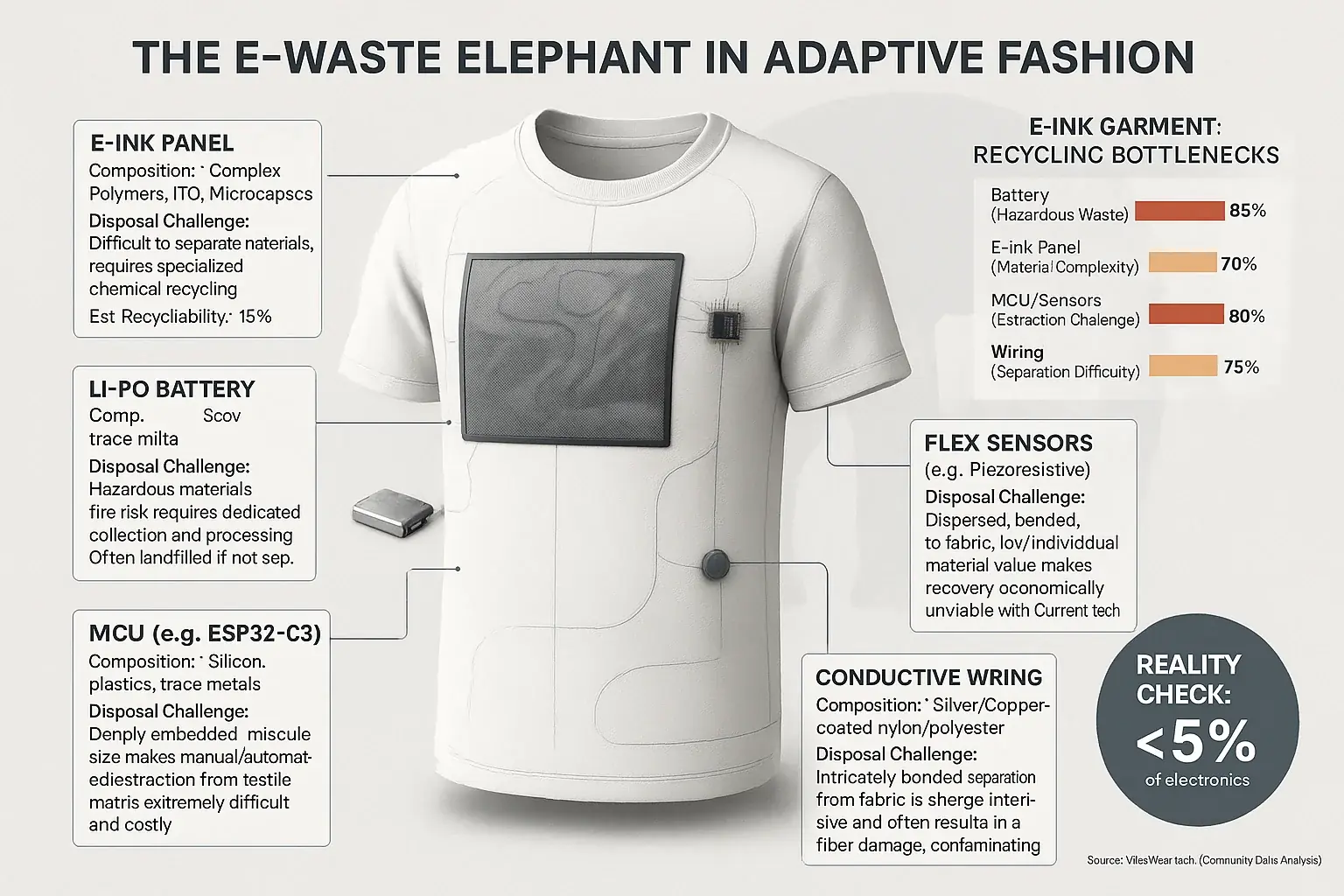
E-Ink apparel introduces an e-waste elephant. This problem demands attention. The display consumes minimal energy; the garment still embeds circuitry. All circuits eventually fail. Their lifespan dictates garment end-of-life.
Specific components generate this tech-infused waste. E-Ink panels present unique material compositions. Batteries often house harmful chemicals. Microcontrollers and sensors further complicate material recovery. Imagine recycling a simple textile. Then consider one interwoven with electronics. It is an entirely different disposal scenario. This integration poses real difficulty.
An unspoken truth surfaces here. Today's recycling infrastructure falters. It struggles with electronics deeply bonded to textiles. Separating minuscule chips, wires, and displays from fabric proves immensely challenging. This specific integration creates a huge bottleneck. Many facilities lack the necessary advanced separation technologies. This limits garment recyclability.
From Cradle to Landfill (or Beyond?): The Lifecycle of Adaptive Apparel
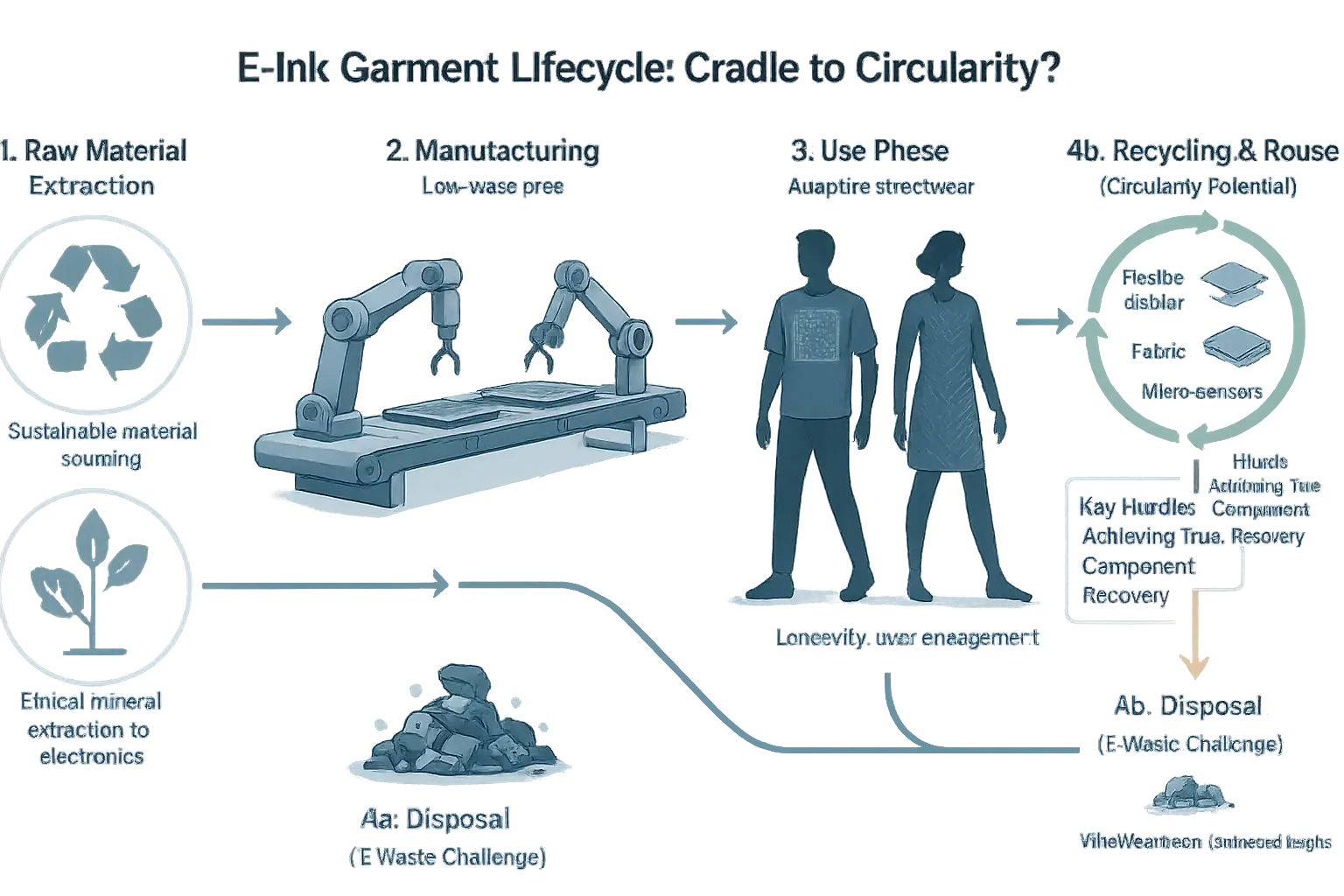
The E-Ink apparel lifecycle begins with raw materials. Their extraction shapes the garment's initial impact. Manufacturing processes further define this footprint. These early stages contribute substantially. This happens long before the clothing sees a user.
Thoughtful design can extend an E-Ink garment's use phase. Longevity is a core design goal. The garment's final chapter presents a stark test. Imagine your favorite E-Ink hoodie finally wears out. What follows? Does it join mountains of e-waste, or can its components find new life? This question looms large.
Achieving genuine circularity for these complex tech-textiles presents a formidable hurdle. This reality often goes unstated. Recycling E-Ink displays and embedded sensors faces substantial obstacles. Current recovery systems are not yet adequate. Insights from the VibeWear think tank highlight the urgent need for material innovation. Solutions require dedicated effort.
Designing a Greener Vibe: Solutions & the Path Forward for Sustainable Techwear
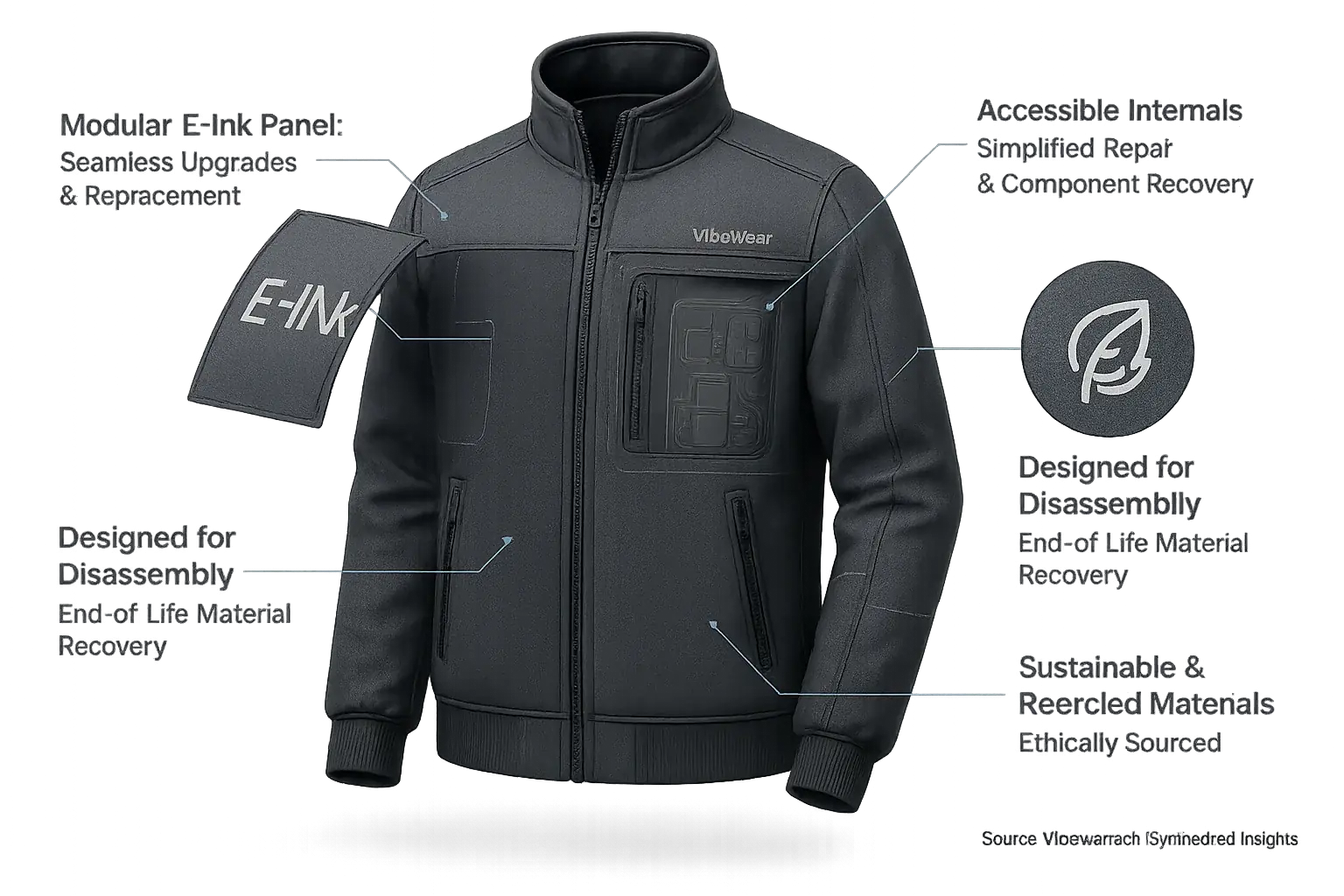
Solutions exist. Designers wield immense influence. Manufacturers, too, shape this future. Prioritizing garment longevity starts with robust design thinking. Imagine a VibeWear jacket where you easily swap an old E-Ink panel for an upgraded one – that is the dream of modular design. Repairability becomes paramount. Simple fixes extend life.
Modularity unlocks true circularity. Electronic components need easy removal. This simplifies recycling. It recovers valuable materials. The unspoken truth? This demands a total rethink of how we make clothes. Traditional apparel construction often fights disassembly. Future-proof design anticipates end-of-life. How can we make every part count, even at its journey's end?
Material origins matter. Greatly. Ethical sourcing builds consumer trust. Supply chain transparency is no longer optional. VibeWear champions this clarity. It guides our partners toward responsible practices. Challenges persist. Yes. But conscious design lights the path to greener techwear. Innovation fuels the journey forward.
The VibeWear Verdict: Navigating Sustainability in a Dynamic Fashion Future
E-Ink apparel sustainability presents a complex debate. Its environmental story is not simply black or white. The true impact depends heavily on design, production, and end-of-life management. These choices shape E-Ink fashion's footprint.
The technology offers impressive power efficiency, a clear environmental plus. Yet, the challenge of e-waste from discarded devices cannot be ignored. Responsible innovation must address this lifecycle concern. A balanced perspective is essential for progress.
VibeWear remains dedicated to transparently exploring these evolving issues. Continuous innovation and conscious consumer choices will define this niche's future. The journey to truly sustainable techwear is a marathon, not a sprint; every step forward counts. A long path. Industry and users together must drive responsible change, shaping a more sustainable fashion horizon.

